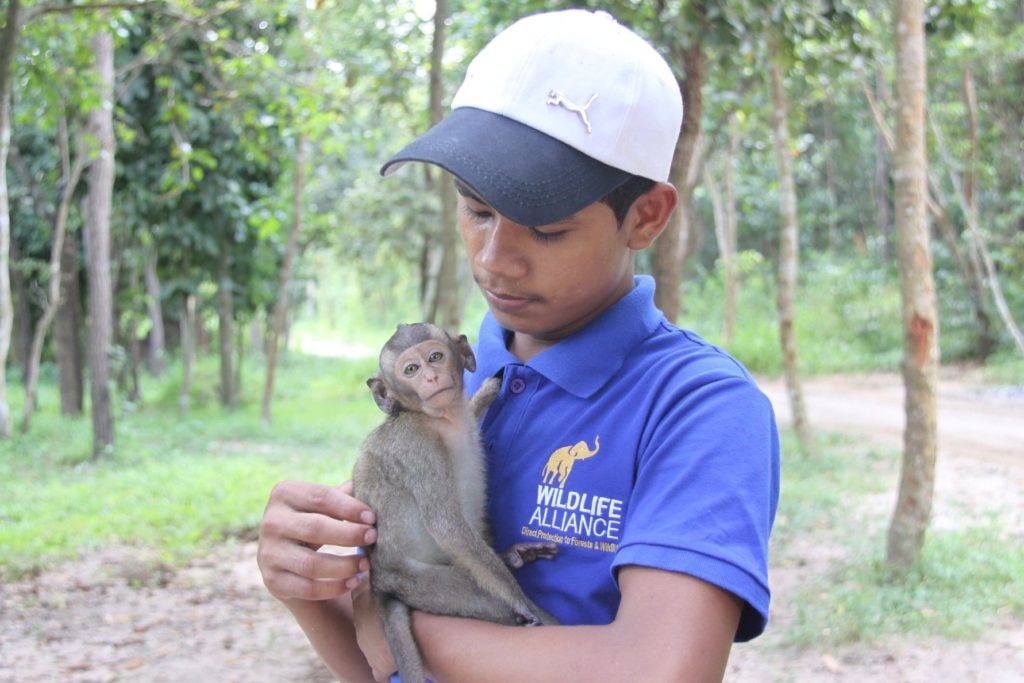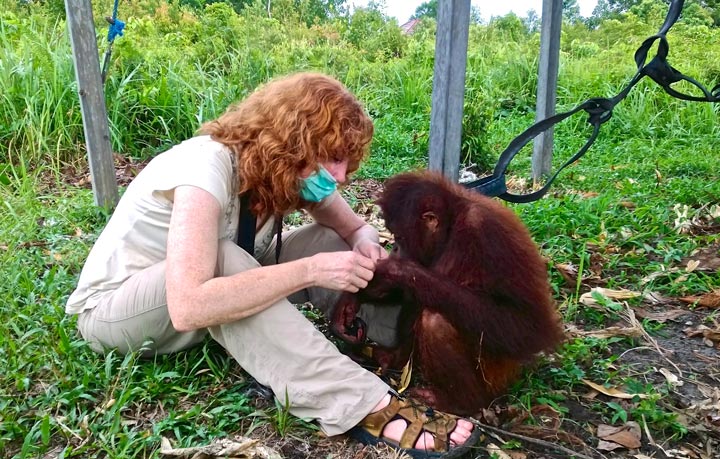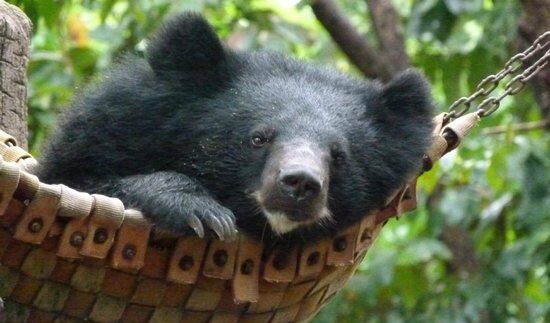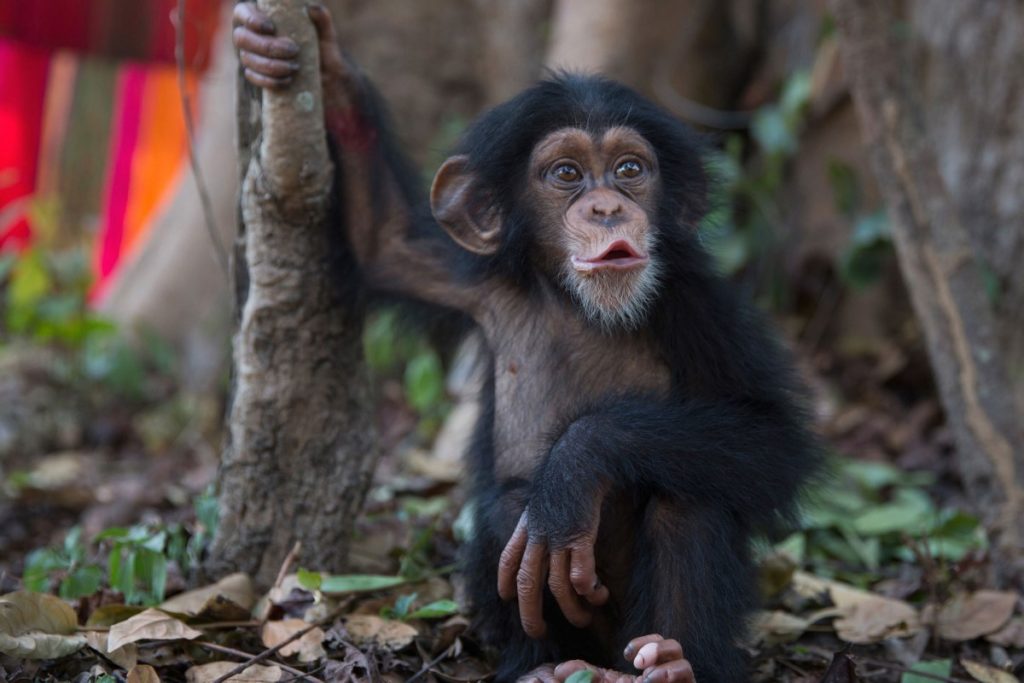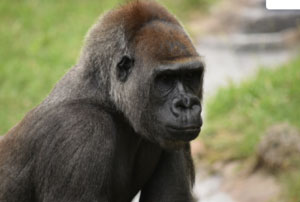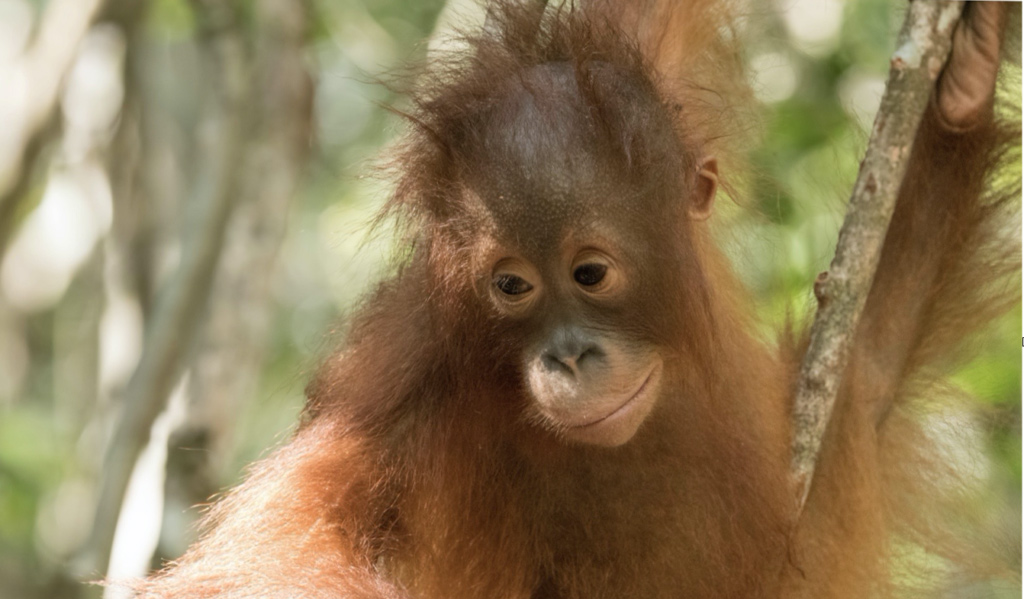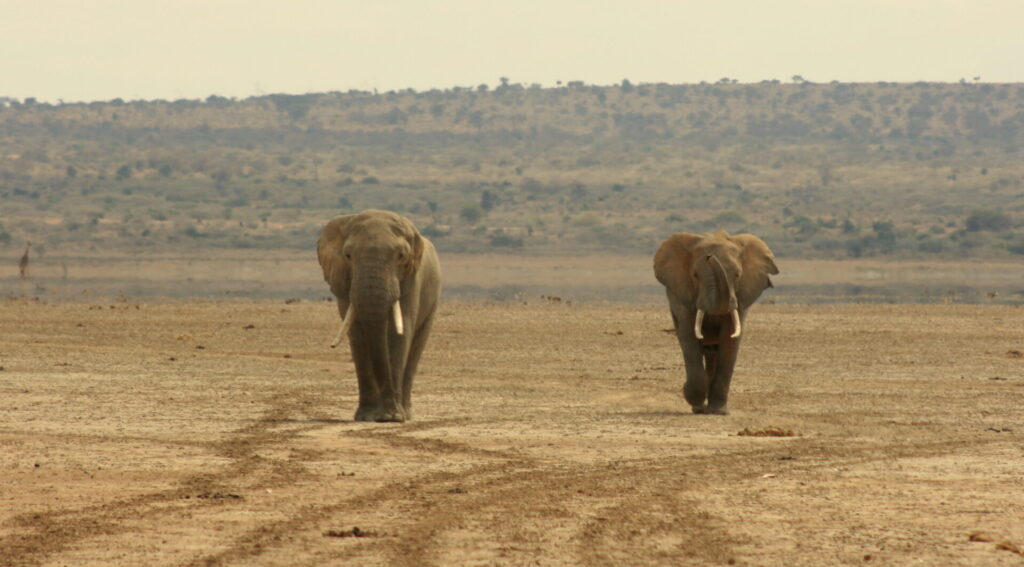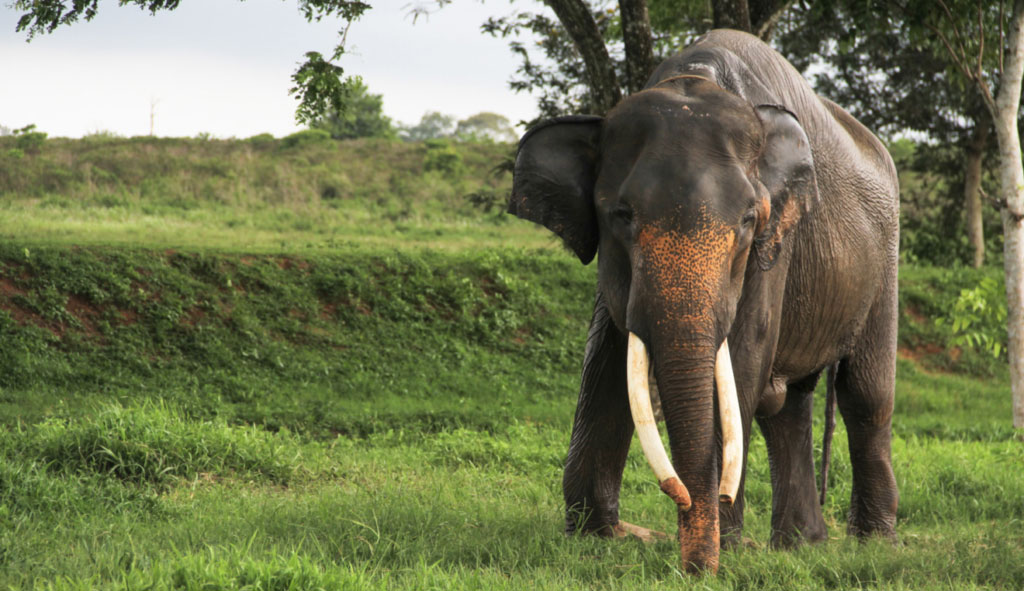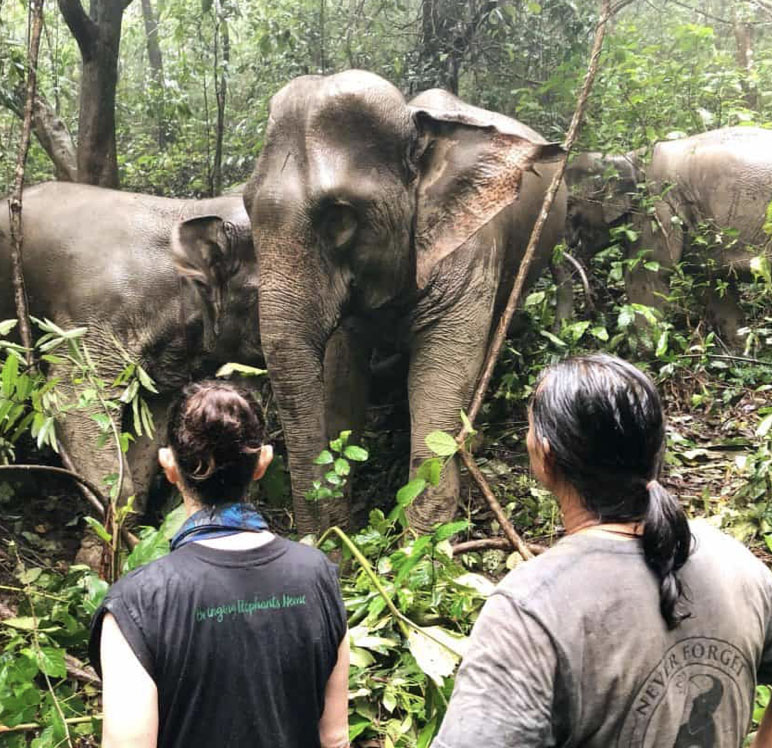Ethical Sanctuaries
Finding volunteer positions at an ethical wildlife sanctuary
VETTED ORGANIZATIONS
Going abroad and want to volunteer at a sanctuary but don’t know which one is an ethical sanctuary?
Check out some our vetted organizations and sanctuaries that meet the SAFE Worldwide mission purpose and gold standard in ethical sanctuaries.
Animals Asia operate bear sanctuaries in Chengdu, China and Tam Dao, Vietnam. These bears are saved from the horrendous bile farm industry in Asia.
You can visit the Bear Rescue center in both facilities.
This sanctuary in Niger helps orphaned chimpanzees whose mother and other members of the group were killed for the bush meat trade. The orphans are often sold for the pet trade.
Over sixty chimpanzees are present at the sanctuary.
This small sanctuary in the wilds of Gabon helps rehabilitate gorillas rescued from the bush meat trade.
They have opportunities to visit the sanctuary located in Gabon and opportunties for volunteering.
Animal Asia has been around for a long time. Its primary focus is animals in Indonesia, such as orangutan, slow loris and sun bears.
Currently, there are volunteer opportunities in the field of education outreach and office support.
EHRA (Elephant Human Relations Aid) runs a well-established volunteer project in Namibia, which has been running for the last 10 years.
They have won awards for their volunteer programs.
This organization’s rescue centers are in Agra and Mathura, India and comes highly recommended by all who visit and who volunteer for them.
They help Asia elephants along with other wildlife in India.
The sanctuary is located within the Phnom Tamao Wildlife Rescue Centre, home to over 1,200 animals of many different species, rescued from the illegal wildlife trade.
They offer 3 days to 8+ weeks volunteer options.
Their experienced team look after sun & moon bears rescued from the illegal wildlife trade.
The sanctuary is in Cat Tien Natl Park, a nature lover’s paradise and many species of mammals and birds.
The Laos Tat Kuang Si Bear Rescue Centre has rescued moon bears from the bile industry.
On Fridays, you would move to the multi-species Luang Prabang Wildlife Sanctuary for the day to meet the animals & help out.
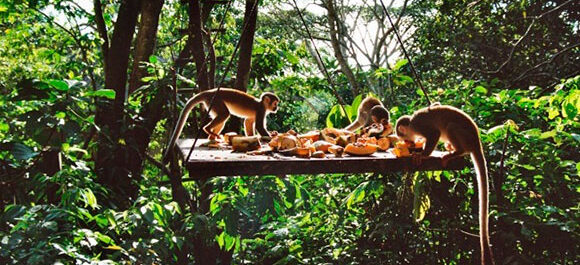
Help us identify ethical sanctuaries.
Click here to send us information about a sanctuary you visited and can vouch for its ethicality.
Visiting Thailand? No time to volunteer? Consider visiting an ethical elephant sanctuary. See below:
A true sanctuary where volunteering with the organization does NOT include any unethical tourism behavior with the elephants. The experience will change your life in wonderful ways and create a lifetime of memories.
How to tell if it's an ethical sanctuary
Finding the right sanctuary for you
If you care to support a true sanctuary, there are a few questions you need to ask to figure out if it meets the standards of a true, ethical sanctuary, or rescue center. Here are some questions to ask or seek answers BEFORE you go visit or support. Most of the answers are on their websites.
Proper Facilities
Does the sanctuary have the proper facilities to house all the animals in their care? Animals must have space to roam and be given ample space to mimic their behaviors in the wild. These animals should never be taken out of their environment for the sake of public display.
Meeting their needs
Do they offer the proper dietary foods and enrichment stimulation for the animals in their care? This can mean clean water pools for elephants and bears to play in. It may mean large enclosures where grazers can roam. It means researching the needs of the wildlife in their facilities and ensuring proper mental, emotional and physical stimulation.
Where did they come from
How are the animals acquired? Sanctuaries provide animals with a permanent home until the day they die. They don’t trade, borrow, or loan animals. Most rescue centers try never to buy an animal from an abuser, instead, local authorities usually send animals to them for rehabilitation and proper care.
Limited visitation are best
Most reputable sanctuaries have limited public visitation times in order to minimize the stress and the impact on the animal residents.
Typically, this means that if the sanctuary or rescue center is open to the public, visits are allowed on specific days and times only, and you may need to book in advance.
Should not be allowing breeding
A reputable sanctuary will not allow breeding of any kind. The ONLY exception is when a facility is working with governments and accredited organizations to re-establish a species that is threatened with extinction. Otherwise, if you hear that they are breeding animals, this is not a facility you want to support
Discourage posing for photos
If the facility is encouraging tourists to pose for photos with wild animals, this is not a place you want to visit. Unless you are volunteering at a facility where you must have contact with the wildlife or the animals need the handling of humans to thrive (ex. orphaned primates), be wary of sanctuaries that include paying to pose for photos with the rescued wildlife.
You should be able to contact any facility and ask questions. If they refuse to answer or they are avoiding directly answering your questions, you want to be cautious of volunteering or visiting that center, unless you have done further research. Do your research and don’t be afraid to ask lots of questions!
